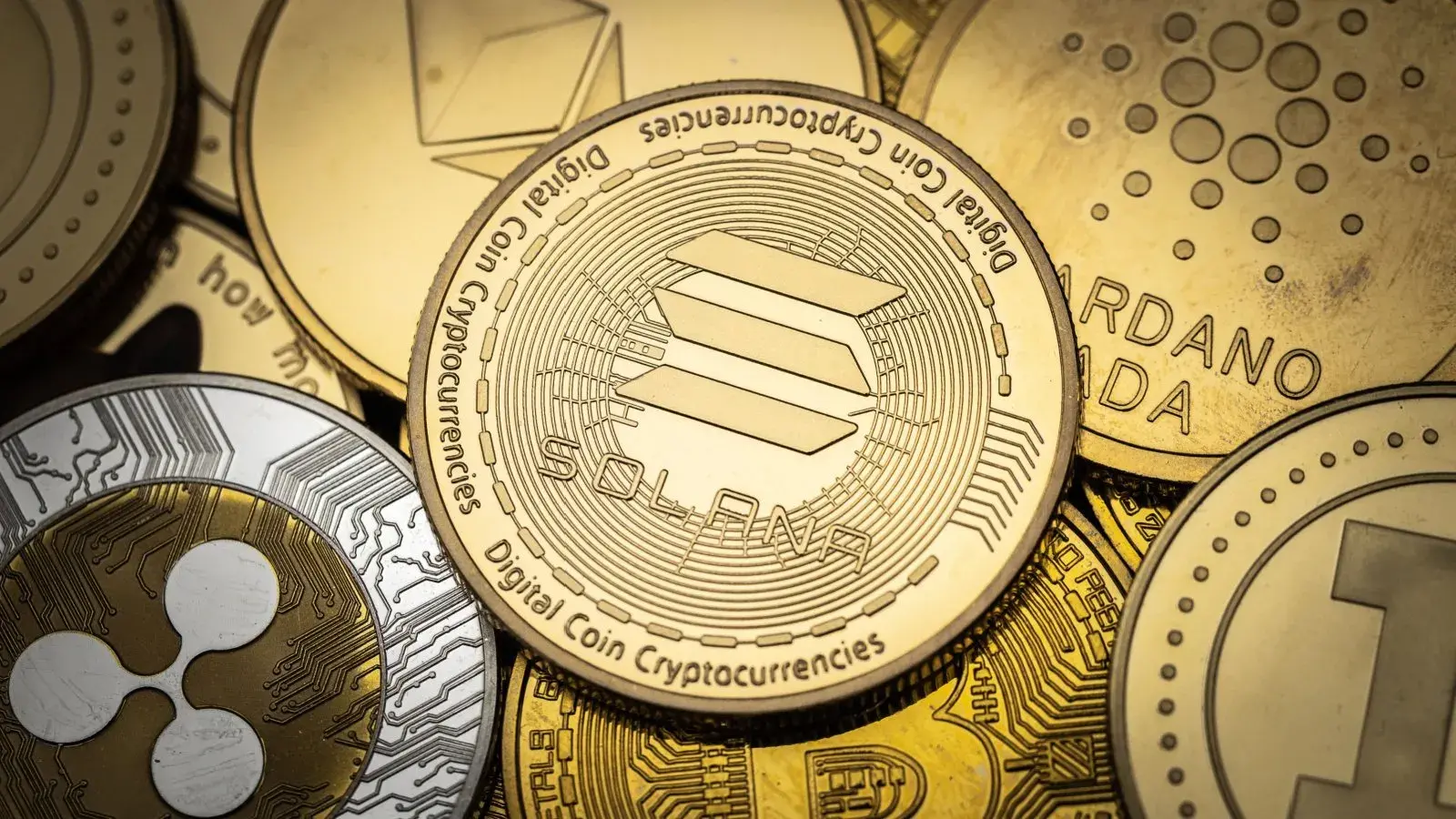Introduction to Bonding Curve: The Liquidity Revolution from Keynes to Web3, Solio is Practicing the Infinite Possibilities of Bonding Curve in Web3
The Historical Origins of Bonding Curve: Keynes' Theory of Money Supply
The concept of Bonding Curve can be traced back to economist John Maynard Keynes, who proposed a model based on dynamic adjustments of supply and demand while studying money supply. In simple terms, Keynes believed that the money supply in the market should match the level of economic activity, and Bonding Curve is a tool that can dynamically adjust prices and supply.
 Although Bonding Curve was initially used for monetary policy, its applications go far beyond that. For example:
Although Bonding Curve was initially used for monetary policy, its applications go far beyond that. For example:
Real Estate Market : Under purchase restriction policies, housing prices typically adjust with changes in demand, forming a supply-demand curve similar to a Bonding Curve.
Stock Market : When new stocks are issued, a dynamic pricing mechanism is used, and as investor subscriptions increase, prices may rise, which is essentially an application of Bonding Curve.
Taxation Economics : When the government adjusts tax rates, it must consider the tax curve, which is the relationship between tax rates and total tax revenue, similarly analogous to the mechanism of Bonding Curve.
Historically, Bonding Curve is not a new concept but a widely used tool in finance and economics. Its rise in Web3 is merely a modern interpretation of this classic theory.
How Bonding Curve Enters Web3: From Uniswap's AMM to Fair Launch
The earliest application of Bonding Curve in Web3 can be traced back to the market-making mechanism of decentralized exchanges (DEX), known as Automated Market Makers (AMM).
Uniswap's X×Y=K Formula
The core of Uniswap V2 is the constant product formula:
Where:
X represents the quantity of asset A
Y represents the quantity of asset B
K is a constant
 This model ensures that the supply and demand of assets in the liquidity pool are dynamically adjusted, with prices changing according to buying and selling activities. However, despite its innovation, the AMM model still faces issues such as: liquidity bottlenecks, high barriers to asset issuance, large capital requirements, and security challenges.
This model ensures that the supply and demand of assets in the liquidity pool are dynamically adjusted, with prices changing according to buying and selling activities. However, despite its innovation, the AMM model still faces issues such as: liquidity bottlenecks, high barriers to asset issuance, large capital requirements, and security challenges.
Thus, the Web3 community began exploring more flexible applications of Bonding Curve, such as Fair Launch, allowing users to participate in asset issuance with lower barriers.
Representative Projects of Fair Launch
- Pump.FUN (Based on Solana):
Adopts a stepwise Bonding Curve, where the price increases with each purchase of new tokens.
Suitable for rapid launches of Meme Coins and social tokens.
- Friend.tech (Based on Base Chain):
Utilizes an exponential Bonding Curve, where the price of purchasing Keys (social assets) increases with the circulation of Keys.
Suitable for SocialFi, allowing KOLs' social influence to be directly monetized.
- Jupiter LFG Launchpad (Token issuance platform on Solana):
Employs a segmented Bonding Curve, with different subscription prices at different stages.
Suitable for community-driven project financing.
These Fair Launch models utilize the dynamic pricing mechanism of Bonding Curve to lower issuance barriers, increase asset liquidity, and enhance market fairness, becoming an important tool for early financing of Web3 projects.
Common Function Forms of Bonding Curve and Applicable Scenarios
Different Bonding Curve functions are suitable for different types of Web3 asset issuance. Here are several common curve forms:
1. Linear Bonding Curve
Applicable Scenarios:
- Suitable for projects with stable growth, such as social tokens, game assets in GameFi, and large community projects.
Advantages: Price changes are smooth, stable growth, strong resistance to declines.
Disadvantages: Initial prices may be low, potentially leading to arbitrage.
2. Exponential Bonding Curve
Applicable Scenarios:
- Suitable for Meme Coins and social influence assets.
Advantages: Initial prices are low, attracting early users; rapid growth in later stages.
Disadvantages: Prices may rise too quickly, leading to high buy-low sell situations.
3. Logarithmic Bonding Curve
Applicable Scenarios:
- Suitable for long-term incentive mechanisms, such as governance tokens.
Advantages: Rapid growth in the early stages, stable prices later.
Disadvantages: Narrow applicability, potentially leading to early speculation. 
How Solio Innovates the Application of Bonding Curve
As a new generation DeFi and crypto asset issuance protocol, Solio provides a more flexible pricing mechanism through Bonding Curve, meeting the dual needs of project parties and community consensus.
Innovations of Solio
- Dynamic Curve Adjustment Mechanism:
- Solio allows project parties to adjust the shape of the Bonding Curve during the issuance process to adapt to different market stages.
- Virtual Liquidity:
- Provides simulated liquidity through smart contracts, reducing capital stagnation and improving capital utilization.
- Community-Driven Pricing Strategy:
- Combines DAO mechanisms, allowing the community to vote on adjusting Bonding Curve parameters, achieving true decentralized issuance.
- Smart Arbitrage Protection Mechanism:
- Reduces bot manipulation through Anti-MEV algorithms, enhancing user fairness.
Conclusion
Bonding Curve has evolved from Keynes' monetary theory to pricing mechanisms in real estate and stock markets, and now to DEX and Fair Launch in Web3, becoming an important tool for liquidity optimization. Solio empowers DeFi, NFT, GameFi, prediction markets, and crypto asset issuance through innovative Bonding Curve mechanisms, providing fairer and more efficient financial tools for the future Web3 ecosystem.
Whether it's Meme Coins, NFTs, GameFi, or DeFi assets, understanding and utilizing Bonding Curve means mastering the core logic of the Web3 economy. In the future, Solio will continue to promote the in-depth application of Bonding Curve in the Web3 world, helping more projects achieve Fair Launch and liquidity optimization.










